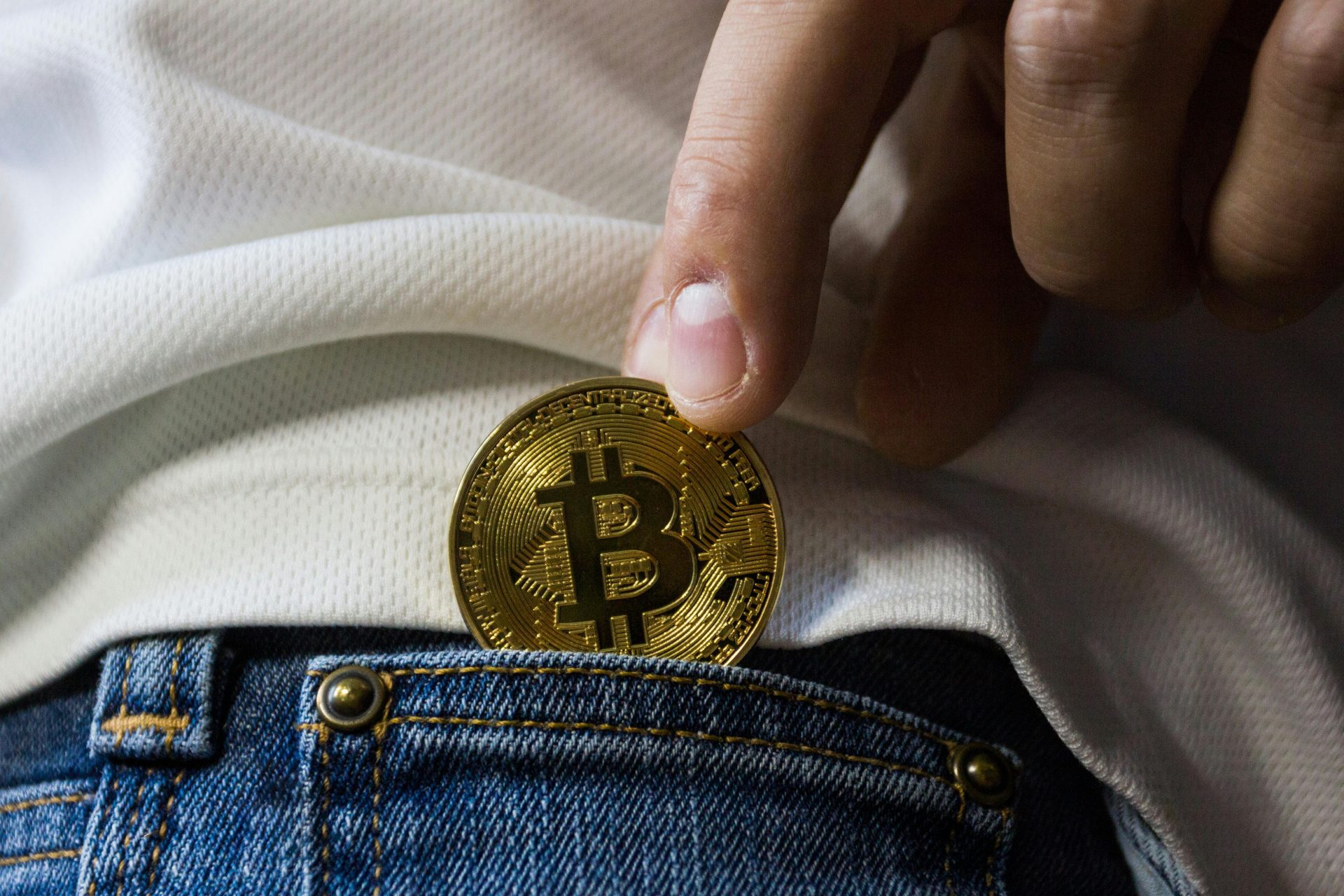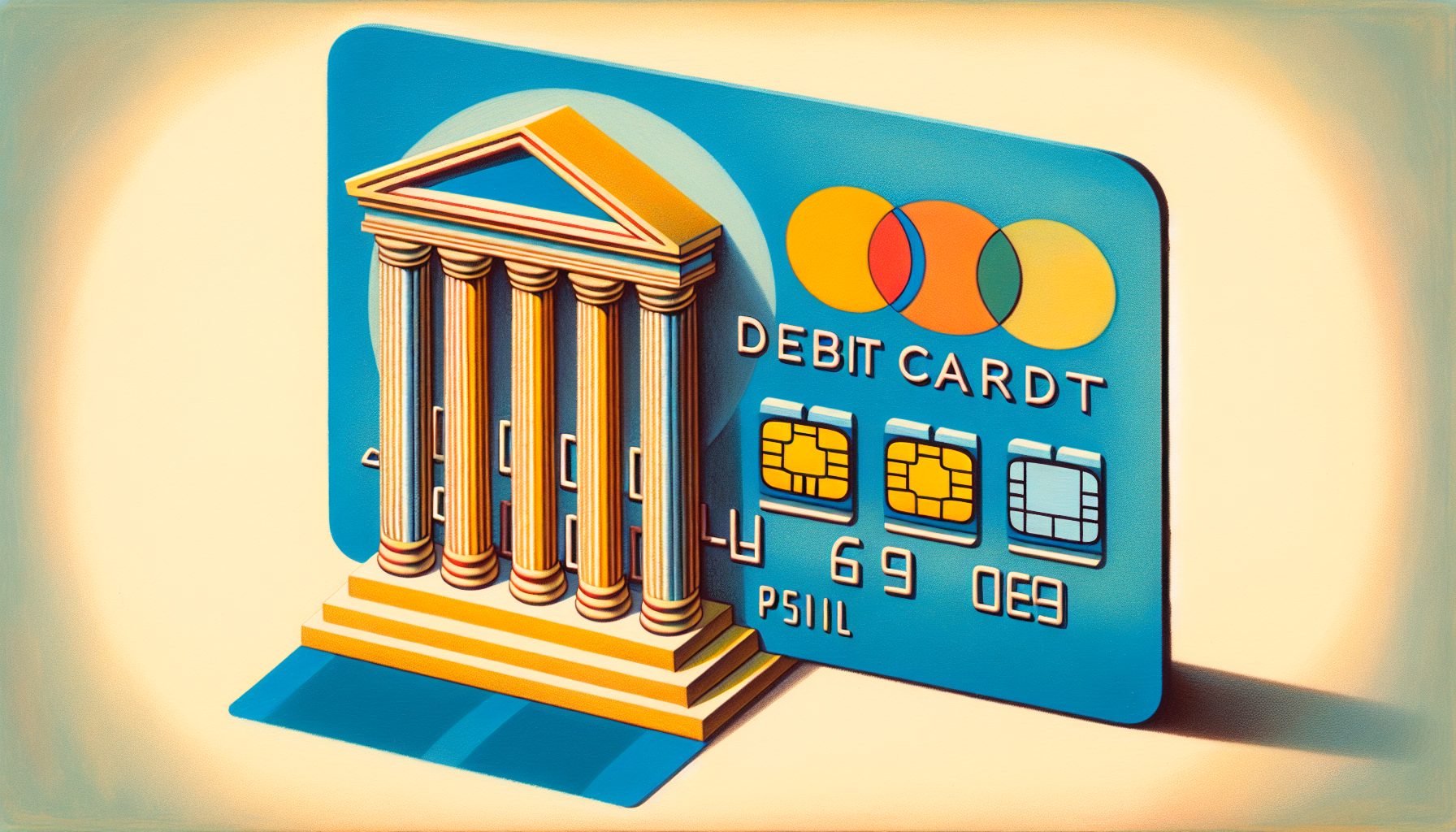Even if you don’t consider yourself a Bitcoin enthusiast, you’re probably at least vaguely aware that Bitcoin exists and that people are crazy about this currency. Recently, Bitcoin has enjoyed significant growth momentum, partially fueled by excitement over the next halving event.
But what exactly is Bitcoin halving, and why should the average person care?
The Basics of Bitcoin
To properly understand Bitcoin halving, you should understand the fundamentals of Bitcoin. Bitcoin is a cryptocurrency, a type of digital currency that can be used just like mainstream traditional currencies to buy and sell goods. Unlike mainstream traditional currencies, these digital currencies rely on a technological system called the blockchain to facilitate transactions.
Without getting into too much technical detail, the blockchain is a ledger collectively validated by groups of individual nodes or users in the system. Users typically rely on very powerful computers to solve very complicated cryptographic problems, eventually validating transactions in groups of transactions known as “blocks.” When one block is completed, it becomes immutable and therefore invulnerable to fraud – which is one reason why Bitcoin is so popular.
Cryptographic problems
Why do people contribute resources to solving these cryptographic problems within individual blocks? Generally, they’re incentivized to do so with Bitcoin rewards. Participating in this system is sometimes called Bitcoin mining because doing it consistently rewards you with a fixed amount of Bitcoin based on your contribution.
If you look at Bitcoin after halving price, you can see how this currency has performed in terms of USD. It was dirt cheap for most of its early years, but around 2016 and 2017, Bitcoin exploded in popularity as more people recognized it for its anonymity, convenience, decentralized nature, secure standards, and novelty. Since then, Bitcoin has had some ups and downs, but generally, it has been on a massive upward trend, at least over the past decade.
In the past couple of months, Bitcoin has had quite an impressive run. One reason for this is the recent introduction of Bitcoin futures into ETFs. Another potentially more important reason is that the next Bitcoin halving event is on the horizon.
Bitcoin Halving
Simply put, Bitcoin’s “halving” event is a point at which the mining reward is halved. For every 210,000 blocks, the Bitcoin reward for mining is halved; it started at 50, fell to 25 in 2012, fell to 12.5 in 2016, and fell to 6.25 in 2020. Soon, Bitcoin mining rewards will halve again to 3.125 – and they’ll halve again in approximately another four years (if the current trend continues).
As with many other assets, the price of Bitcoin depends on supply and demand. As more people use Bitcoin and demand rises, the price of Bitcoin goes up. However, the price of Bitcoin can also rise in response to the decreasing supply. Whenever the Bitcoin mining reward decreases, the supply also decreases, putting upward pressure on the price of this currency.
Regular halving also enhances Bitcoin’s perceived integrity as a currency. Unlike U.S. dollars, which can be infinitely printed at the Federal Reserve’s discretion, Bitcoin has a finite supply and a fixed schedule for its release. This makes it much more predictable and arguably a more “sound” form of money. The Bitcoin halving event reminds us of this and continues to prove the concept of this cryptocurrency.
Is Bitcoin a Good Investment?
So, is now a good time to buy Bitcoin? And is it a good investment overall?
We aren’t able to give legitimate financial advice, and these are highly complicated questions anyway. That said, we can give you some key considerations to bear in mind if you’re speculating about investing in Bitcoin:
Bitcoin is a currency, not an equity.
Many people treat Bitcoin as a stock or a bond, but it’s important to remember that Bitcoin is designed as a currency, not an equity. Investing in Bitcoin is like investing in Euros or Yen; it might pay off, but at the same time, it disregards the primary purpose of the currency.
Bitcoin is volatile.
Overall, Bitcoin has enjoyed a good run, but that run has also been incredibly volatile. If you have a low tolerance for risk, this might dissuade you from investing.
Bitcoin is only one cryptocurrency.
Remember that while Bitcoin is arguably the most prominent and best available cryptocurrency, it’s still only one type of cryptocurrency. There are many other currencies with unique advantages worth considering.
Bitcoin is earning more mainstream respect.
Over the years, Bitcoin has gradually earned the respect of economists, investors, and thought leaders in the financial space. Now that Bitcoin futures are being incorporated into exchange traded funds (ETFs), the cryptocurrency has earned even more mainstream respect. That momentum may not last forever, but it’s also possible that this momentum could accelerate.
Bitcoin’s halving is already priced in.
If you’re hoping to invest in Bitcoin now that you know the halving event is coming up, be advised that you might be late to the party. Bitcoin halving is widely recognized and, therefore, already priced.
Bitcoin will halve again in the future.
Of course, it’s also worth acknowledging that Bitcoin will continue to halve—and again, and again, and again. The next halving event is likely to occur in 2028, with the final halving event estimated to occur in 2140. Unless you plan on living for another 116 years, Bitcoin will continue to halve until well after your life is over.
Bitcoin halving is another iteration in the life cycle of this promising, if somewhat controversial, form of currency. It’s an opportunity for us to reflect on the nature of cryptocurrency, as well as the nature of our more traditional, mainstream currencies. For many investors, it’s an opportunity to buy in. Always do your due diligence before making any investment decision.
Featured image provided by Worldspectrum; Pexels; Thanks!









